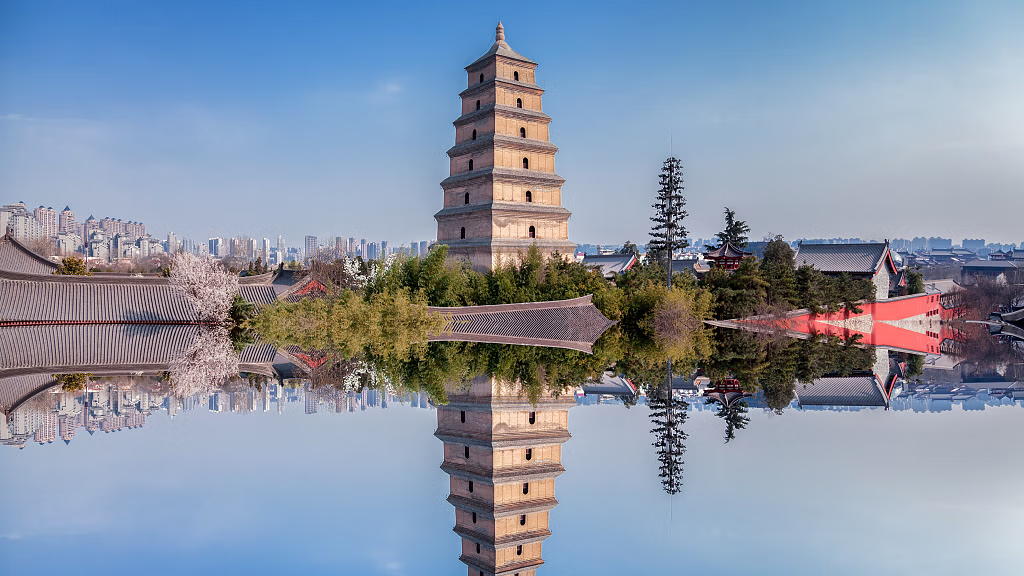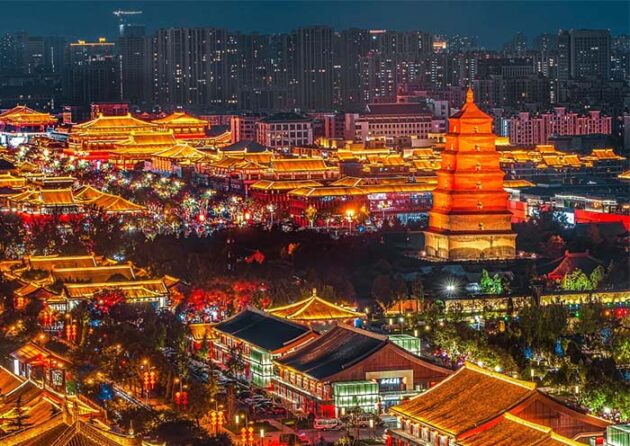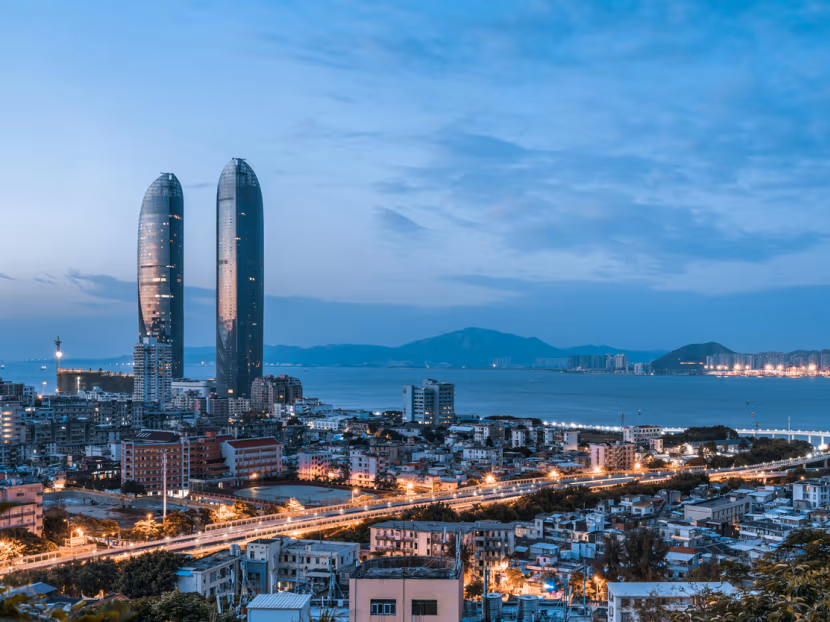Xi’an, the capital of Shaanxi Province, is one of China’s most historically significant cities, often called the birthplace of Chinese civilization. As the eastern terminus of the Silk Road and the capital of 13 dynasties, including the Qin, Han, and Tang, Xi’an offers a captivating blend of ancient relics, vibrant culture, and modern energy. From the world-famous Terracotta Army to the bustling Muslim Quarter, Xi’an is a must-visit for history buffs, foodies, and adventurers alike. Here’s a comprehensive guide to planning your trip.








A Travel Guide to Xi’an
Why Visit Xi’an?
Xi’an’s allure lies in its unparalleled historical heritage. Once known as Chang’an (“Eternal Peace”), it was the political, cultural, and economic heart of ancient China for over 1,100 years. Today, it’s home to UNESCO World Heritage Sites, including the Terracotta Army, and a living history museum with intact city walls, ancient pagodas, and thriving cultural traditions. Beyond history, Xi’an’s culinary scene, influenced by its Silk Road past, offers unique flavors, while its modern infrastructure makes it an accessible base for exploring central China.
How to Get There
Xi’an is a major transportation hub in northwest China, easily reachable from domestic and international destinations:
By Air: Xi’an Xianyang International Airport (XIY), 25 miles (40 km) northwest of downtown, serves over 60 airlines with direct flights to Beijing (2 hours), Shanghai (2.5 hours), Guangzhou, and international cities like Tokyo, Bangkok, and Seoul. Taxis, airport shuttles, or Metro Line 14 connect the airport to the city center in about 40–60 minutes.
By Train: Xi’an Railway Station and Xi’an North Railway Station (for high-speed trains) link the city to major hubs like Beijing (4–5 hours by high-speed train), Shanghai (6–7 hours), and Chengdu (3–4 hours). Overnight trains are a scenic, budget-friendly option.
By Bus: Long-distance bus stations near Xi’an Railway Station offer connections to regional destinations like Huashan (2–3 hours) or Yan’an (4–5 hours).
Best Time to Visit
Spring (March–May) and Autumn (September–November): These seasons offer mild temperatures (15–25°C/59–77°F) and clear skies, ideal for exploring outdoor sites like the City Wall or Mount Huashan. Spring brings cherry blossoms, while autumn showcases colorful foliage.
Summer (June–August): Hot (up to 35°C/95°F) with occasional rain, but indoor attractions like museums remain enjoyable. Avoid peak crowds during summer holidays.
Winter (December–February): Cold (0–10°C/32–50°F) and dry, with fewer tourists. Dust storms can occur in early spring, so check forecasts.
Top Attractions
The Xi’an Circumvallation (西安城墙) ★★★
The Xi’an City Wall, also known as the Xi’an Circumvallation, is one of the best-preserved and most complete ancient city walls in China. Located in the heart of Xi’an, Shaanxi Province, this magnificent structure from the Ming Dynasty (1368–1644) offers a unique blend of history, culture, and scenic beauty.








Terracotta Army (兵马俑) ★★★
The Terracotta Army, located in Xi’an, Shaanxi Province, is one of the most iconic archaeological discoveries in the world and a UNESCO World Heritage Site. This vast collection of life-sized clay soldiers, horses, and chariots, buried over 2,200 years ago to guard the tomb of China’s first emperor, Qin Shi Huang, offers a fascinating glimpse into ancient Chinese history, craftsmanship, and imperial ambition.








Giant Wild Goose Pagoda (大雁塔) ★★★
The Giant Wild Goose Pagoda, located in Xi’an, Shaanxi Province, is one of China’s most iconic cultural and historical landmarks. Built in 652 AD during the Tang Dynasty, this seven-story Buddhist pagoda stands as a testament to the city’s role as the starting point of the Silk Road and a center of Buddhist learning.








Shaanxi History Museum (陕西历史博物馆) ★★★
The Shaanxi History Museum in Xi’an is a must-visit destination for anyone interested in exploring the rich tapestry of Chinese civilization. Located in the ancient capital of Xi’an, which served as the seat of 13 dynasties, including the Zhou, Qin, Han, and Tang, this modern national museum offers an unparalleled journey through over a million years of history. With its Tang Dynasty-inspired architecture and a collection of over 370,000 artifacts, it’s often called the “Pearl of the Ancient Capital” and the “Treasure House of Chinese Civilization.”








Huaqing Palace (华清宫) ★★
Huaqing Palace, also known as Huaqing Hot Springs or Huaqing Pool, is a captivating historical and cultural gem located in Lintong District, about 30 kilometers east of Xi’an, Shaanxi Province. Renowned for its mineral-rich hot springs, Tang Dynasty architecture, and the poignant love story of Emperor Xuanzong and his consort Yang Guifei, this site offers a blend of natural beauty, ancient history, and modern performances.








Tang Paradise (大唐芙蓉园) ★★
Tang Paradise (Datang Furong Garden) is a captivating cultural theme park in Xi’an, Shaanxi Province, offering a vibrant immersion into the grandeur of the Tang Dynasty (618–907 AD), one of China’s most prosperous eras. Located in the Qujiang New District near the iconic Giant Wild Goose Pagoda, this 165-acre park blends stunning architecture, serene gardens, and lively performances to recreate the splendor of ancient Chang’an (modern-day Xi’an).





Muslim Quarter (回民街) ★★
The Muslim Quarter, known as Huimin Jie (回民街) in Xi’an, Shaanxi Province, is one of China’s most vibrant cultural and culinary hubs. Located in the heart of Xi’an near the iconic Bell and Drum Towers, this historic neighborhood blends Chinese and Islamic traditions, offering visitors a feast for the senses with its bustling streets, mouthwatering street food, and rich heritage. As a key stop along the ancient Silk Road, the Muslim Quarter is home to the Hui Muslim community and boasts a history stretching back over 1,000 years.





Day Trips
Mount Huashan (2 hours by train): One of China’s Five Sacred Mountains, famous for steep trails, breathtaking peaks, and the thrilling plank walk. Ideal for hikers; allow a full day. ¥180 entry.
Huaqing Palace and Hot Springs (45 minutes by bus): A Tang Dynasty retreat with historic baths and gardens, near the Terracotta Army. ¥120 entry.
Hanyangling Museum (30 minutes by car): The tomb of Emperor Jingdi with smaller-scale terracotta figures, less crowded than the Terracotta Army. ¥90 entry.
Where to Eat
Yangrou Paomo: Tear flatbread into pieces, soak in rich lamb or beef broth. Try at Tongshengxiang Restaurant.
Roujiamo: Grilled meat (pork or beef) in pita bread, dubbed the “Chinese burger.” Best at Muslim Quarter stalls.
Biangbiang Noodles: Wide, chewy noodles with chili oil and veggies. Look for Yongxingfang food street.
Liangpi: Cold rice noodles with sesame and spice, a refreshing snack.
Dumplings: Sample a Tang Dynasty dumpling banquet at De Fa Chang for variety.
Where to Stay
City Center (Beilin District): Near the Bell Tower and Muslim Quarter, ideal for first-timers. Options include Sofitel Legend People’s Grand Hotel (luxury, ~$150/night) or Ibis Xi’an Bell Tower (budget, ~$40/night).
Yanta District: Close to the Big Wild Goose Pagoda and Shaanxi History Museum. Try Wyndham Grand Xi’an South (~$100/night) or hostels like Xi’an Xiangzimen Youth Hostel (~$15/night).
Qujiang New District: A cultural hub with Tang Paradise nearby. Angsana Xi’an Lintong offers a resort vibe (~$120/night).
Getting Around
Metro: Xi’an’s metro system (Lines 1–6, 9, 14) is efficient, with fares of ¥2–8. Key stops include Zhonglou (Bell Tower) and Dayanta (Big Wild Goose Pagoda).
Bus: City buses and tourist lines (e.g., to Terracotta Army, ¥8) are cheap but crowded. Download the Xi’an Metro app for schedules.
Taxi/Didi: Taxis start at ¥9; Didi (China’s Uber) is convenient for non-Chinese speakers. Expect traffic during rush hours.
Bicycle: Bike rentals near the City Wall or via apps like Mobike are great for short trips.
Tips for a Great Experience
Book Ahead: Reserve Terracotta Army and Shaanxi History Museum tickets online to avoid long lines. Use WeChat or Trip.com for ease.
Language: English signage is limited outside major sites. Carry a translation app (e.g., Google Translate) or phrasebook.
Crowds: Avoid Chinese holidays (e.g., National Day, October 1–7) for fewer crowds. Early mornings are best for popular sites.
Cashless Payments: WeChat Pay or Alipay are widely used; carry some cash (yuan) for street vendors.
Cultural Respect: Dress modestly at temples and mosques. Photography rules vary, so check signs.
Final Thoughts
Xi’an is a journey through China’s soul, where ancient wonders meet modern vibrancy. From standing in awe before the Terracotta Army to savoring spicy noodles in a bustling market, every moment feels like stepping into a living history book. Plan wisely, embrace the local culture, and let Xi’an’s timeless charm captivate you.






Leave a Reply